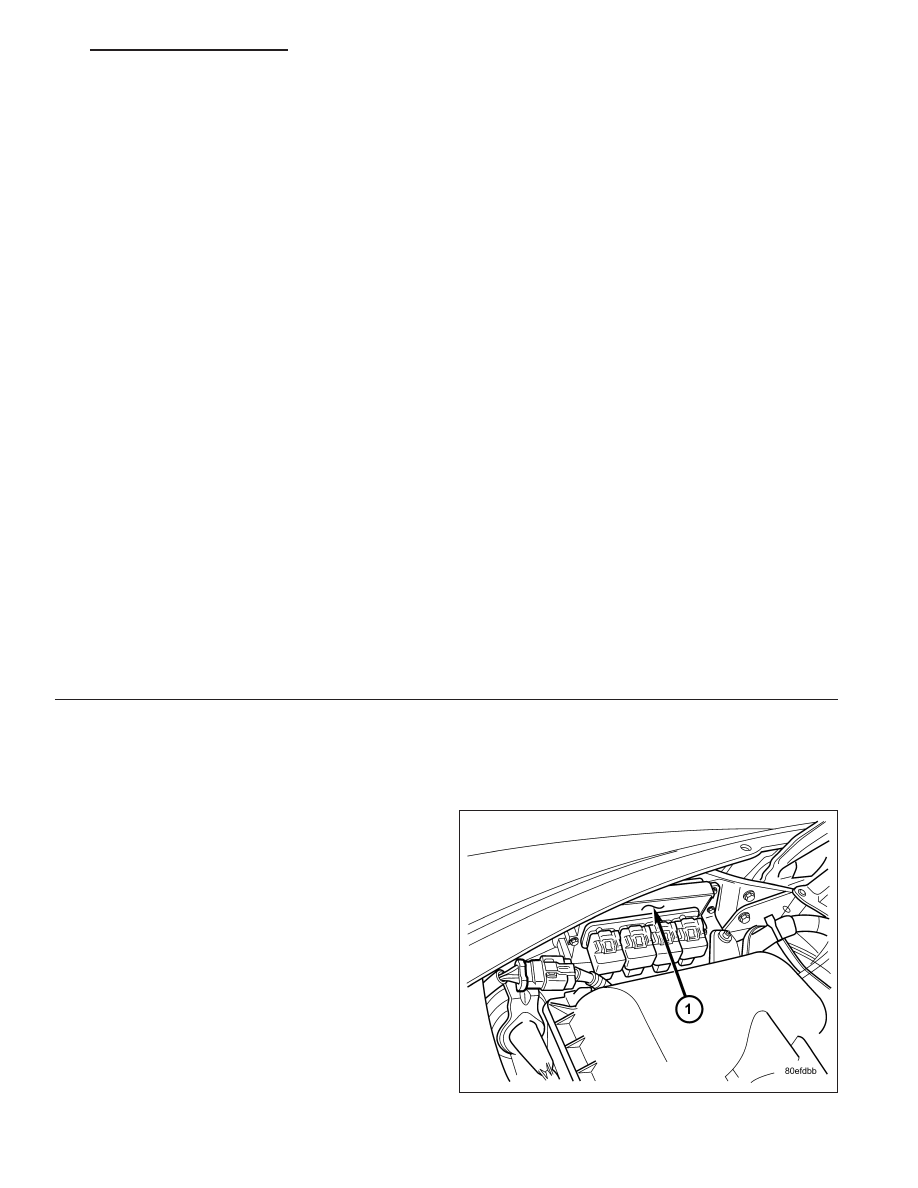Dodge Durango (HB). Manual - part 249

TRANSFER CASE VERIFICATION TEST VER 1
Diagnostic Test
1.
TRANSFER CASE VERIFICATION TEST— VER 1
Disconnect all jumper wires and reconnect all previously disconnected components and connectors.
With the scan tool, Clear DTCs.
Make sure that all accessories are turned off and that the battery is fully charged.
Move the Transfer Case Selector Switch to the desired position.
Test drive the vehicle in each Transfer Case range and verify proper operation in each range.
NOTE: To select or deselect 2WD, AWD or 4HI mode, vehicle speed must be below 55 MPH (88 KM/H) with
all wheels at vehicle speed.
NOTE: Shifts will not take place with a wheel speed difference of greater than 13 MPH between the front and
rear wheels.
NOTE: To select or deselect 4LO (if equipped), vehicle speed must be below 3 MPH (5 KM/H) with the igni-
tion ON and the transmission in neutral (auto trans) or the clutch pedal pressed (man trans).
NOTE: To select or deselect Transfer Case Neutral, vehicle speed must be 0 MPH with the ignition ON,
engine OFF, the brake pedal applied, and the transmission in neutral (auto trans) or the clutch pedal
pressed (man trans). Press the Neutral button (if equipped) on the Transfer Case Selector Switch until the
Neutral Indicator is illuminated.
WARNING: Apply the parking brake. The vehicle may roll with the Transfer Case in neutral.
NOTE: To verify that the Transfer Case is in Neutral, shift the automatic transmission into reverse and
release the brake pedal for three seconds or shift the manual transmission into gear and slowly release the
clutch pedal. There should be no vehicle movement if the Transfer Case is in Neutral.
With the scan tool, read DTCs in the Front Control Module (FCM) and the Instrument Cluster Module (CCN).
Are there any Transfer Case DTCs present in the Front Control Module (FCM) or the Instrument Cluster
Module (CCN)?
Yes
>> Return to the symptom list and perform the appropriate diagnostic test.
No
>> Repair is complete.
MODULE-TRANSMISSION CONTROL
DESCRIPTION
The Transmission Control Module (TCM) is a sub-
module within the Powertrain Control Module (PCM).
The PCM is located on the right inner fender.
HB
ELECTRONIC CONTROL MODULES - SERVICE INFORMATION
8E - 217